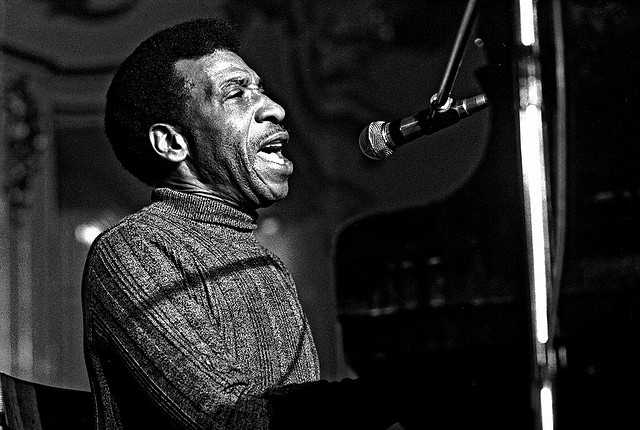
Rhythm and Blues is born in the middle of the 20th Century. At first, this term was used by record companies in order to describe recordings marketed mostly to urban Afro-Americans, during the period when rocking, jazz based, urbane music with insistent, heave beat was becoming more popular. This American musical conception maybe created one of the biggest bridges between what eventually became a worldwide audience which transcended social and racial barriers and the mostly black audience of the early blues.
Rhythm and Blues could also be considered as one of the founding father of Rock and Roll. There are a few obvious stylistic similarities between this distinctive musical style and the Rock and Roll, which grew out in the 1950s. Rhythm and Blues, stylistically speaking, has evolved into its complete form from its blues roots. Its vocal style, rhythm and arrangement won out over the racially charged lyrics and the raw emotional content of its prior form.
It could also be the slowdown of white pop music during the 1930s which would result in the occurrence of the more socially danceable and accessible R&B music which started to grow in the United States after the war. However, it is almost impossible to say its exact conception. But its evolution took place over years within a lot of musical epicenters and a few artists can be credited for the development of Rhythm and Blues. Elmore James and Muddy Waters, Mississippi natives, were some of the earliest pioneers.
They walked a fine line between R&B and blues. Both Waters and James developed their highly amplified sound in Chicago’s ghettos, which was the second largest black city in the United States in the early 1950s. T-Bone Walker and Johnny ‘Otis’ Veliotes from Texas were a little bit more obvious about their departure from the blues. They made mark with bands in Los Angeles, which would over time define the classic rhythm and blues combo – vocalist, two saxes, piano, guitar, bass, drums.
John Lee Hooker, another Mississippi native, made his mark in Detroit with his emotive style which was more based on mood. Hooker combined taking blues with boogie-woogie. A person could spend an entire life learning of the importance and origins of Rhythm & Blues. However, if you simply listen to recordings of the classic Rhythm & Blues artists, such as above mentioned Muddy Waters, T-Bone Walker and others, you will probably have the best education in this regard.
The story of R&B is the story of black music in the middle of 20th century, which would be a foundation to almost every musical style that would came after. This is not just a story about music, but also the story about the struggle in the United States. Rhythm and Blues is arguably one of the greatest contribution to the world from United States in which we all enjoy. Over time, it has become a bridge which connects us all. Popular R&B vocalists towards the early twenty first century were Mariah Carey, Whitney Houston, Stevie Wonder, R. Kelly and Michael Jackson.



